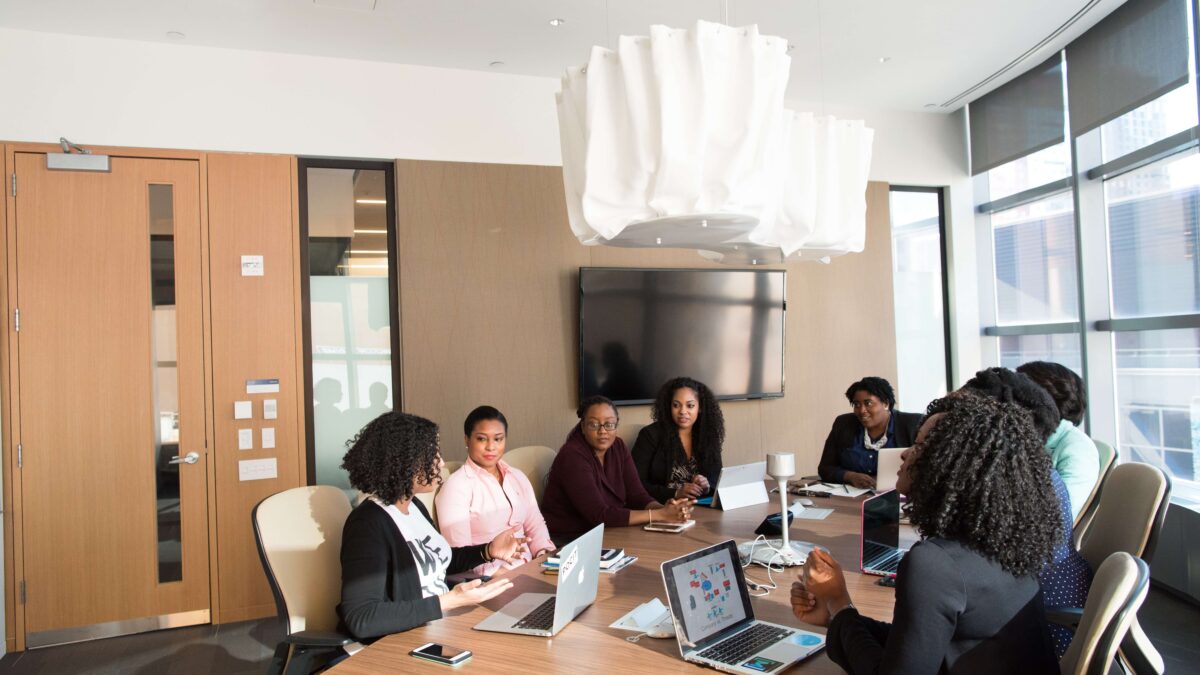Zoom Room Encryption: How Your Meetings are Protected
As remote work continues to become more prevalent, businesses are turning to video conferencing as an effective way to collaborate with colleagues, clients, and partners. However, with the increasing use of these tools, it is important to ensure that they are secure and reliable. In this article, we will discuss the best practices for securing your Zoom room to ensure your remote collaboration sessions remain confidential and secure.
Introduction
With the rise of remote work, video conferencing has become an essential tool for businesses to collaborate with their team members and clients. Zoom is one of the most popular video conferencing platforms available, with millions of users worldwide. However, with the increasing use of these tools comes the need for increased security to ensure that confidential information is not compromised. In this article, we will discuss the best practices for securing your Zoom room to ensure your remote collaboration sessions remain confidential and secure.
Understanding Zoom Room Security
Zoom room security is critical to ensuring that your remote collaboration sessions are secure and confidential. Here are some of the security features offered by Zoom:
Meeting Passwords
Zoom offers the option to set a meeting password for all meetings. This is a simple but effective way to ensure that only authorized participants can join the meeting.
Waiting Room
Zoom offers a waiting room feature, which allows the host to control who enters the meeting. This feature can help prevent unauthorized participants from joining the meeting.
End-to-End Encryption
Zoom offers end-to-end encryption for all meetings. This means that the data is encrypted on the user’s device and decrypted on the recipient’s device, ensuring that only the sender and receiver can access the data.
Two-Factor Authentication
Zoom offers two-factor authentication to help prevent unauthorized access to your account. This means that in addition to your password, you will need to enter a code sent to your mobile device to log in to your account.
Best Practices for Zoom Room Security
To ensure the security of your Zoom room, here are some best practices to follow:
Keep Your Zoom App Up to Date
Make sure to keep your Zoom app up to date with the latest security patches and updates. Zoom frequently releases updates to address security vulnerabilities, so make sure to check for updates regularly.
Set a Meeting Password
Setting a meeting password is a simple but effective way to ensure that only authorized participants can join the meeting. Make sure to share the password only with the participants you want to attend the meeting.
Use a Waiting Room
The waiting room feature allows the host to control who enters the meeting. Make sure to enable the waiting room and only allow authorized participants to enter the meeting.
Limit Screen Sharing
Limit screen sharing to the host only to prevent unauthorized participants from sharing content.
Record Meetings Locally
Recording meetings locally instead of in the cloud can help prevent unauthorized access to your meetings.
Use End-to-End Encryption
Make sure to use end-to-end encryption for all meetings to ensure that the data is encrypted on the user’s device and decrypted on the recipient’s device.
Enable Two-Factor Authentication
Enabling two-factor authentication can help prevent unauthorized access to your account. Make sure to enable this feature to ensure that only you can access your account.
Conclusion
In conclusion, Zoom room security is critical to ensuring that your remote collaboration sessions remain confidential and secure. By following the best practices outlined in this article, you can help ensure that your Zoom room is secure and that only authorized participants can access your meetings.
Recent Posts
- How Laser Satellite Communication Breakthroughs Compete with Starlink
- AI-Powered Humanoid Robots: Transforming Business, Homes & Connectivity
- Top IT & Network Design Consultants in Boston and New England: Macronet Services
- Top AI Consultants in New England: Why New Hampshire’s Macronet Services Shines in Boston and Beyond
- IXPs in the US and Internet Peering
Archives
- July 2025
- June 2025
- May 2025
- April 2025
- March 2025
- February 2025
- January 2025
- December 2024
- November 2024
- October 2024
- September 2024
- August 2024
- July 2024
- June 2024
- May 2024
- April 2024
- March 2024
- February 2024
- January 2024
- December 2023
- November 2023
- October 2023
- September 2023
- August 2023
- July 2023
- June 2023
- May 2023
- April 2023
- March 2023
- February 2023
- January 2023
- December 2022
- November 2022
- October 2022
- September 2022
- August 2022
- July 2022
- June 2022
- May 2022
- April 2022
- March 2022
- February 2022
- January 2022
- December 2021
- November 2021
- October 2021
- September 2021
- August 2021
- July 2021
- June 2021
- May 2021
- April 2021
- March 2021
- December 2020
- September 2020
- August 2020
- July 2020
- June 2020
Categories
- All (19)
- Satellite (1)
- Artificial Intelligence (3)
- Travel (1)
- Sports (1)
- Music (1)
- News (271)
- Design (3)
- Clients (12)
- Uncategorized (1)
- Tips & tricks (25)
- Inspiration (9)
- Client story (1)
- Unified Communications (196)
- Wide Area Network (308)
- Cloud SaaS (60)
- Security Services (71)




